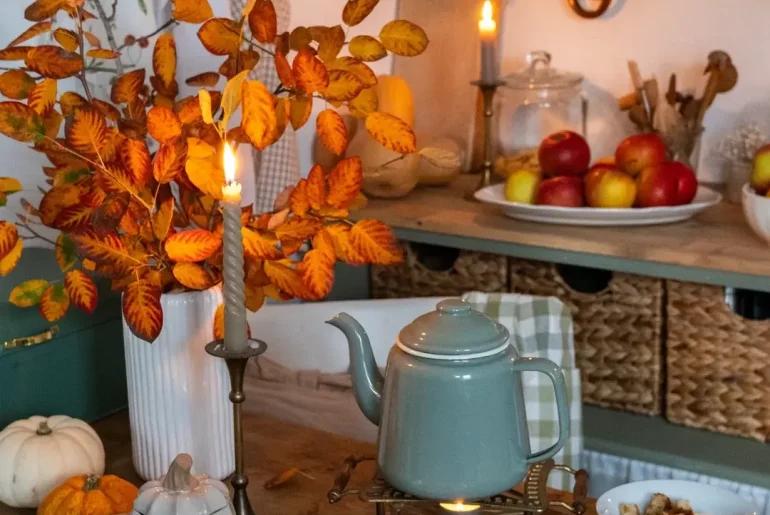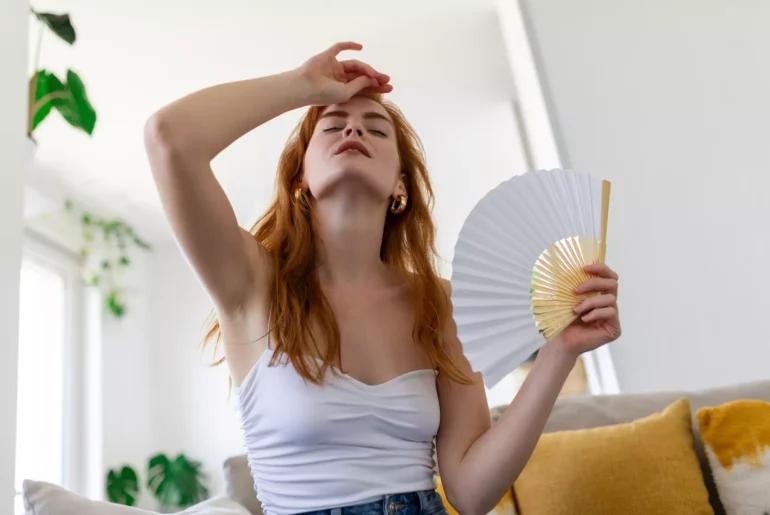Hygge is a funny Danish word that means the ability to appreciate life’s simple pleasures and enjoy the moment. HyggeMag explains why it has become so popular and how to let hygge into your life.

What does the word “hygge” mean?
The word hygge first appeared in written Danish in the early 19th century. It comes from the Norwegian word for “well-being” or “prosperity.” It’s a concept that means a special atmosphere and feeling associated with happiness. Meik Wiking, the founder and CEO of the Happiness Research Institute in Copenhagen, wrote about it in detail in his book “The Little Book of Hygge: The Danish Way to Live Well.”
In Danish, “hygge” can be both a verb and an adjective (hyggelig(t) — meaning something that has hygge qualities). Danes might say: “It will be so hyggeligt to get together,” “What a hyggelig party!”, “It was so hyggeligt to meet you!”, “I want to spend some hyggelig time with you.”
You can also add hygge to almost any Danish word. For example, Friday evening is time for familiehygge (family hygge), and cozy wool socks are hyggesokker (hygge socks). So, hygge is a word that, according to Meik Wiking’s definition, “is not written, but felt.”
Why are the Danes the ones researching happiness?
Denmark consistently ranks at the top of the list of the world’s most prosperous countries. Numerous surveys and studies have shown that Danes can be considered the happiest people in Europe. So, it’s no wonder that more and more people want to understand the hygge phenomenon.
In Denmark, there are special hygge tours through parks, cafes, squares, and streets where you can feel happier. Hygge-style cafes and shops are popping up in many countries, and one British college even teaches a course on Danish hygge.
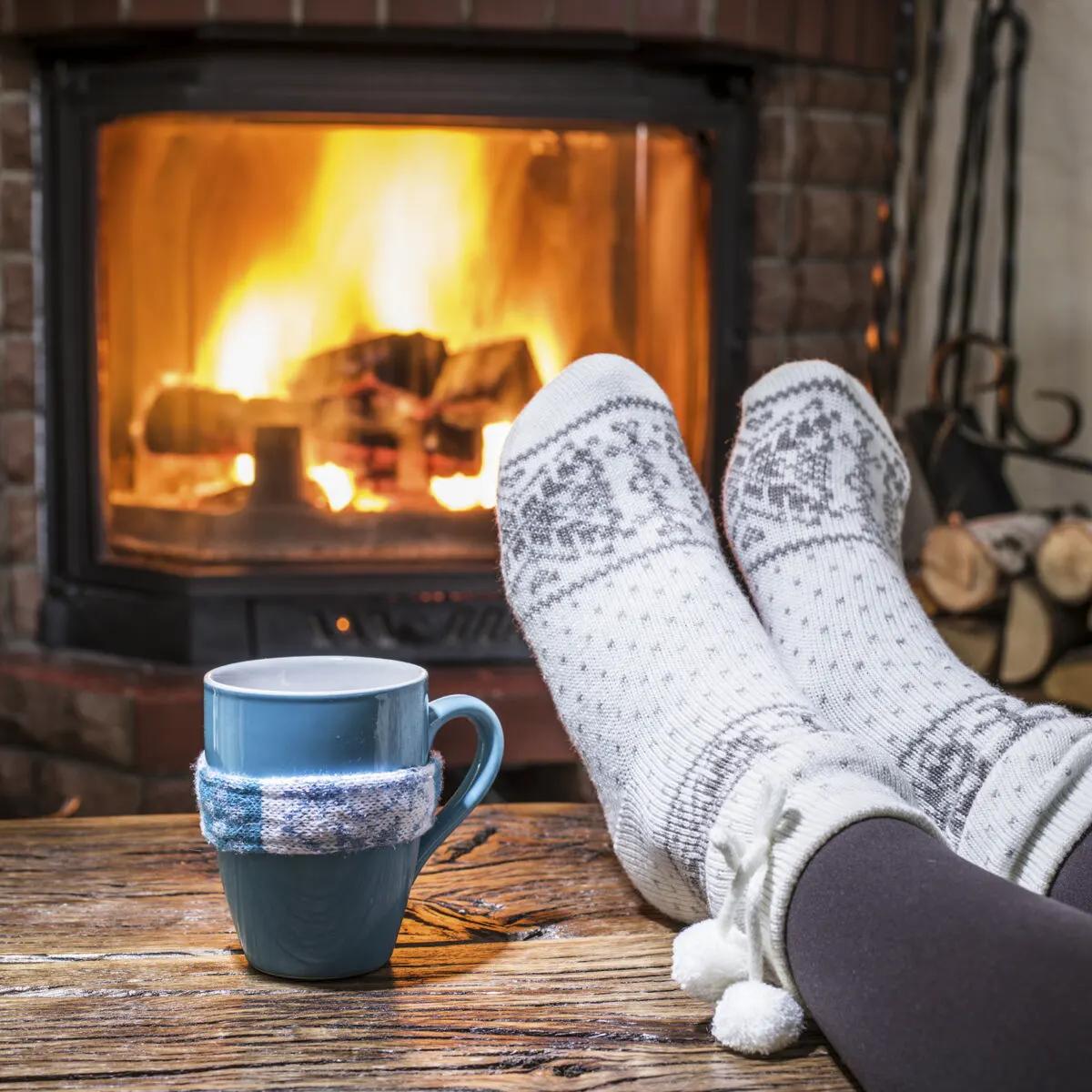
How do you actually feel hygge?
Meik Wiking writes that hygge is less about things and more about atmosphere and feeling — a sense of home, closeness with loved ones, peace and tranquility, when we feel safe and can relax.
Hygge is the ability to appreciate life’s simple pleasures and enjoy the moment. Your budget can (and even should) be very modest. The relationship is inverse: the more glitter and luxury, the less hygge.
“Champagne and oysters can say many things, but they are definitely not hygge.”
Meik Wiking / Founder of the Happiness Research Institute
What other signs of hygge are there?
- The taste of hygge — familiar, pleasant, calming. If it’s tea, then with honey; if it’s cookies, then with delicious icing; if it’s stew, then with wine or a favorite spice.
- The sound of hygge — the crackling of burning logs with little sparks. Noises you only hear in silence: the sound of raindrops on the windowsill, the hum of the wind outside, the rustling of trees, the creak of wooden floorboards. It can be any sound, even thunder, as long as you are at home, cozy and safe.
- The smell of hygge — one that takes you back to the past, to a place where you felt very good, cozy, and safe. The scent of lilacs, vanilla baking, wooden furniture, a Christmas tree, your mom’s perfume.
- The touch of hygge — pleasant sensations, like running your fingers over a soft fur, warming your hands on a hot ceramic mug, touching the surface of an old wooden table.
- Seeing hygge — looking at dark, natural colors, observing slow, natural phenomena, like dancing flames of a fire, falling snow, raindrops crawling down a windowpane.
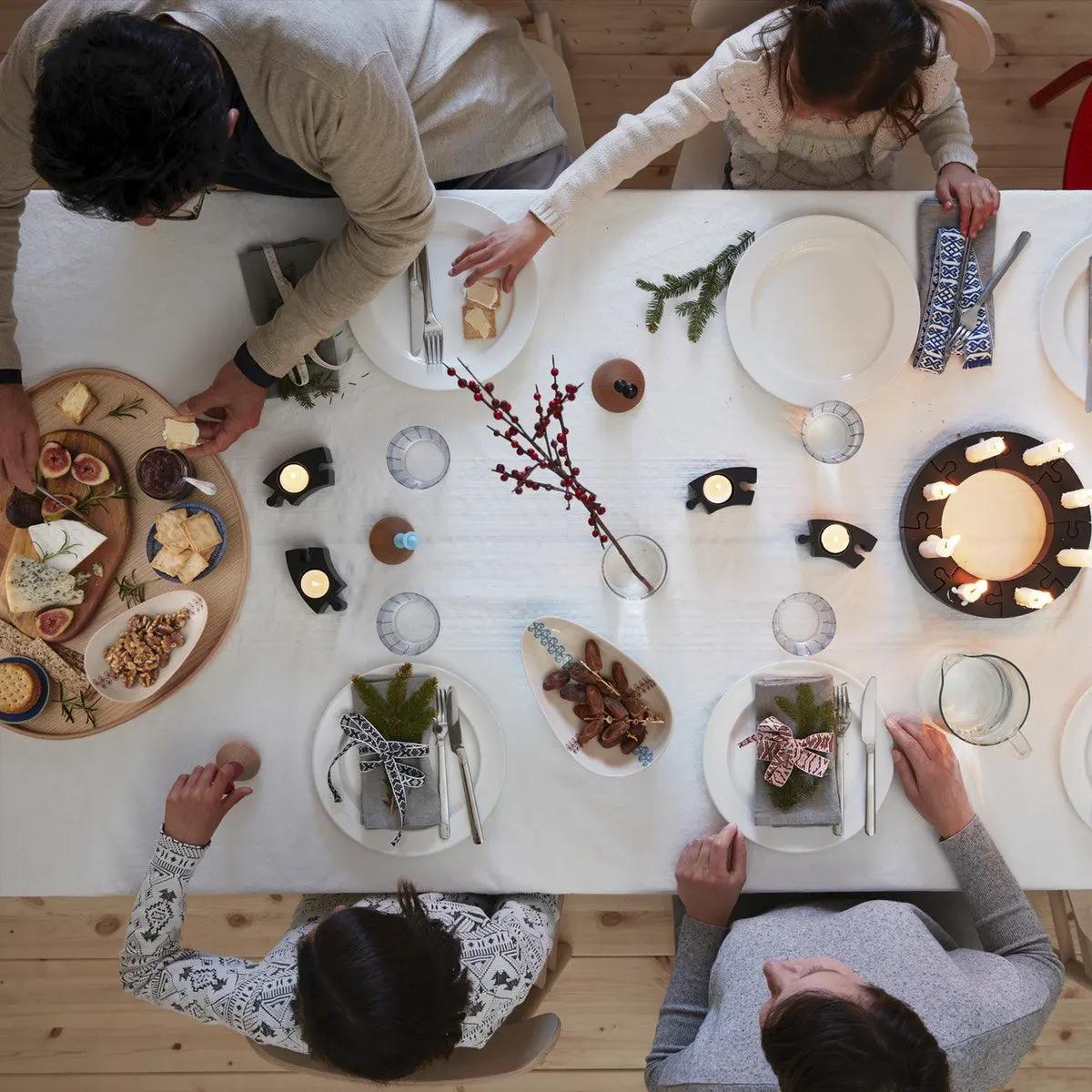
So, how can you actually become happy?
Light some candles and dim the lights
The most important part of all hygge recipes is burning candles. It’s no coincidence that in Danish, a person who spoils the fun is called “the one who blows out the candles.” According to Danes, the simplest way to quickly create hygge is to light several “live flames.” 28% of Danes surveyed by the Happiness Research Institute do this every day. And a third of Danes prefer to light more than five candles at once.
Another way is to create pleasant lighting. It rains for about half of the year in Denmark. To create a sense of coziness and warmth, Danes create little islands of light in their homes. Lamps should ideally emit a warm, amber light.
Create a cozy nook
A hyggekrog — a cozy nook in the kitchen or living room where you can spend time comfortably — is something most Danes have. Some real estate agents even list this as an advantage when selling an apartment.
A wide windowsill, where you can put lots of soft pillows and blankets, is perfect for creating such a spot. It’s a place to drink delicious tea in the evenings, watch snowflakes fall, or read a book.
Meet up with friends
The Danish recipe for happiness is quite simple: try to maintain a healthy balance between work and personal life.
“Time spent with other people is an important part of hygge. It is one of the most important ingredients in happiness overall.”
Meik Wiking
78% of Danes meet with friends, family, or colleagues outside of work at least once a week. Almost 60% of Danes believe that the best company for hygge is three to four people.
Get-togethers with friends are filled with mutual care and calm. It’s a kingdom of equality: no one hogs the attention or tries to be the boss. Guests help the host cook, set the table, and then clean up. In this relaxed atmosphere, you can completely unwind and be yourself. It’s a big comfort zone where everyone feels good.
To become closer, you can create shared memories and traditions that bring the group together. For example, getting together every first Sunday of the month for board games, or making sure to go for a picnic at the beach on the first day of summer.
Eat something tasty
Hygge and strict diets don’t mix. You need to treat yourself, and for that, you sometimes have to break the rules of a healthy lifestyle. Sweets, coffee, hot chocolate, thick cocoa with marshmallows, fragrant fresh pastries with jam — that’s hygge. A cabbage salad? Not so much.
It’s all about the sweetness of the forbidden fruit. But it shouldn’t be expensive or fancy. Popcorn and a stew you made yourself have more hygge than foie gras or a dinner at an expensive restaurant.
“Happiness cannot be bought, but you can buy cake, and that is pretty much the same thing. At least, that’s what our brain thinks.”
Meik Wiking
But keep in mind: eating until you’re stuffed is no longer hygge. Preparing a hygge dish is about enjoying the slowness of the process. Things made with your own hands are especially valued. A jar of homemade strawberry jam will bring you back to the summer when you were boiling the berries you picked and tasting the hot foam.
If you like, you can combine two elements of hygge and start a cooking club for your friends. You choose a recipe together and decide who brings what. Then, with pleasant conversation and jokes, you cook and eat the meal together.
Dress casually
Danes have a talent for dressing stylishly and casually. And that’s also hygge.
How to achieve this? Buy a big scarf (this works for everyone, any time of the year), pick a bulky top (a chunky knit sweater or cardigan), go for a slightly messy hairstyle, practice layering (this is relevant in Denmark because the weather can change several times a day).
“There’s no such thing as bad weather, only the wrong clothes.”
A popular saying in Europe
You could also knit or order yourself a Sarah Lund sweater — perhaps the most recognizable Danish item of clothing, famous from the TV series “The Killing.” It was worn by the main character, played by Sofie Gråbøl. The actress chose the sweater herself.
Buy a blanket, a porcelain mug, candles, or an old chair
Seven out of ten Danes believe that hygge most often happens at home. But to make that happen, you need to create coziness. Besides a cozy nook, hygge is created by a fireplace, wooden and vintage items, candles, books, blankets and pillows, anything pleasant to touch (like a soft blanket), ceramics, and porcelain.
Meik Wiking advises putting together a “hygge emergency kit” to help you relax and restore your peace of mind.
It should include candles, some delicious quality chocolate, your favorite tea, a book, movie, or TV series, jam, a pair of warm woolen socks, a sweater, a beautiful notebook, a cozy blanket, music, and a photo album you love to look through.
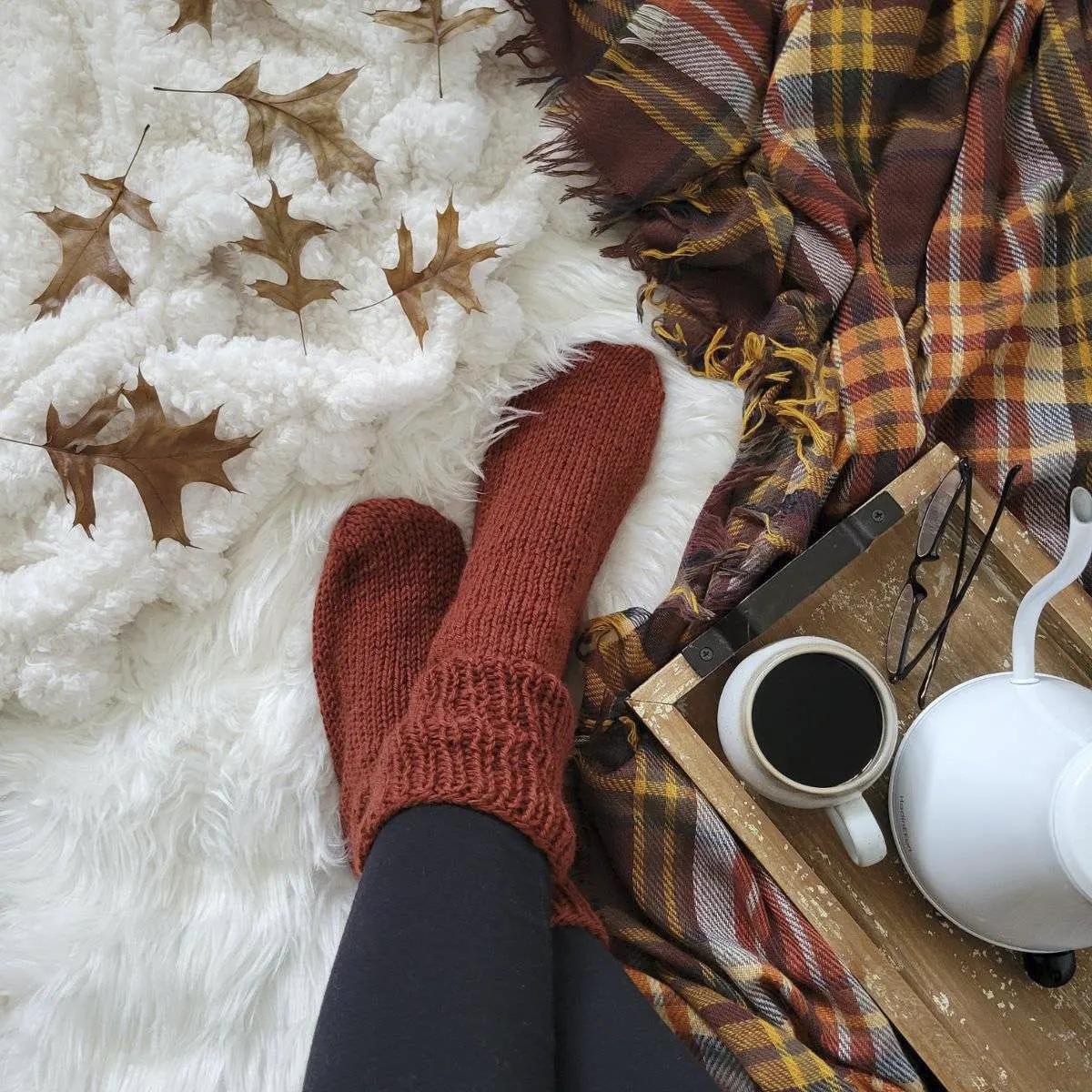
What else can you do to feel hygge?
- Play board games.
- Invite friends over for a “pantry stock-up.” Have everyone bring some homemade preserves: jams or pickles. Then eat them during your next get-together.
- Watch your favorite TV series or movie at home.
- Have a bonfire gathering.
- Go to an open-air cinema.
- Host a swap party where friends bring things they haven’t used in a long time.
- Go sledding.
- Go for a bike ride.
- Go for a picnic in a scenic spot and don’t forget to bring homemade lemonade, baked goods, fruit, bread, and cheese.
- Make jam.


